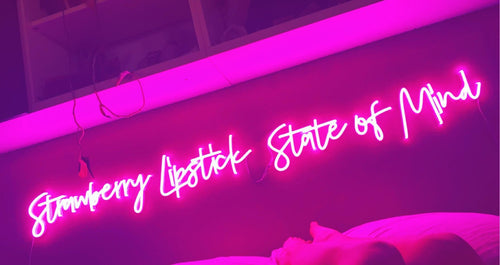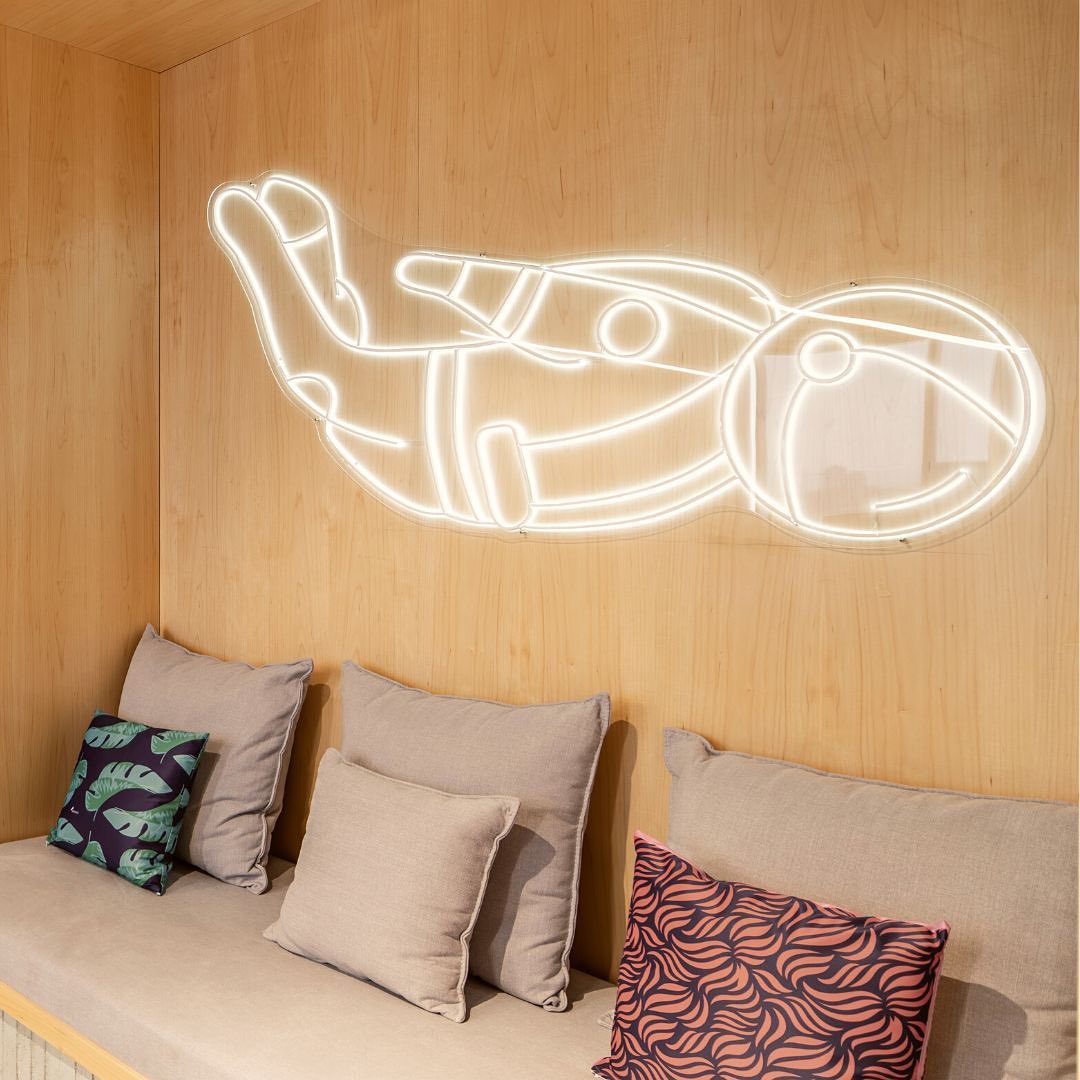Neon signs have long captured the imagination and interest of the public, serving as more than just sources of illumination; they are vibrant expressions of art, culture, and commercial identity. From the iconic "Open" signs in storefronts to elaborate custom installations in entertainment districts, neon signs represent a unique intersection of artistry, technology, and commerce. To fully understand their significance, we must explore their history, cultural impact, artistic possibilities, and current trends.
1. A Brief History of Neon Signs
Neon signs date back to the early 20th century. In 1910, a French engineer named Georges Claude showcased the first neon sign at the Paris Motor Show. This was a groundbreaking moment as it introduced a new form of advertising that combined visual appeal with practical functionality. By 1923, neon signs made their way to the United States, where they quickly became popular in urban areas like New York City and Las Vegas.
The mid-20th century saw the proliferation of neon signs, particularly during the post-World War II economic boom. Businesses began to adopt neon signage to attract customers and stand out in a crowded marketplace. The bright colors and unique shapes of neon signs captured attention in a way that traditional signage could not.
2. The Technology Behind Neon Signs
Neon signs are made using glass tubes filled with gas, primarily neon, which glows when an electric current passes through it. The glass tubes are bent into various shapes and letters, allowing for a wide range of designs.
2.1 The Process of Making Neon Signs

Creating a neon sign involves several steps:
-
Design: The first step is to create a design. Artists often sketch their ideas to visualize the final product.
-
Glass Tube Bending: Skilled artisans, known as neon benders, heat glass tubes to make them pliable. They then carefully bend the tubes into the desired shapes.
-
Gas Filling: Once the tube is shaped, it is evacuated of air and filled with either neon signs gas or other gases like argon, which produces different colors. Neon gas produces a classic red-orange hue, while argon gas, when combined with phosphor coatings, can yield various colors.
-
Sealing and Testing: After filling the tubes, they are sealed, and the electrical components are attached. The sign is then tested to ensure that it functions correctly.
2.2 LED vs. Traditional Neon
In recent years, LED technology has emerged as a competitor to traditional neon signage. LED lights offer several advantages, including lower energy consumption, longer lifespan, and greater versatility in design. However, many still appreciate the unique aesthetic of traditional neon signs. The choice between neon and LED often comes down to the desired visual effect and the intended use.
3. Cultural Significance of Neon Signs
Neon signs have played a crucial role in shaping urban landscapes. They symbolize the vibrancy and energy of city life, especially in areas like Las Vegas, Times Square, and Tokyo.
3.1 Neon Signs in Pop Culture
Neon signs have also made a significant impact on popular culture. They appear in films, music videos, and art. For instance, movies like "Blade Runner" and "Lost in Translation" utilize neon signs to create a specific atmosphere and evoke certain emotions. The aesthetic of neon has influenced fashion, graphic design, and even home decor.
3.2 Neon in Art
Artists have embraced neon as a medium for self-expression. Prominent artists like Dan Flavin and Tracey Emin have created installations that utilize neon lighting to convey messages, emotions, and social commentary. Neon has transformed from a commercial tool to a recognized form of contemporary art, showcasing its versatility and appeal.
4. Artistic Possibilities of Neon Signs
Neon signs are not limited to simple lettering; they can be transformed into intricate works of art. The ability to bend glass into various shapes allows for creativity and innovation in design.
4.1 Custom Neon Signs
Custom neon signs have become increasingly popular for both personal and business use. These signs allow individuals to create unique statements, whether for home decor, weddings, or branding. Customization options can include different colors, sizes, and shapes, allowing for a personalized touch.
4.2 Interactive Neon Art
In recent years, artists have started to explore interactive neon installations. These pieces invite viewer participation, allowing people to engage with the art and experience it in a dynamic way. For example, some installations change colors or patterns based on movement or sound, blurring the lines between art and technology.
5. The Future of Neon Signs
As technology continues to advance, the future of neon signs remains bright, albeit with some challenges.
5.1 Sustainability Concerns
While traditional neon signs are beloved for their aesthetic, concerns about energy consumption and environmental impact have led many to explore more sustainable options. LED neon signs are becoming increasingly popular for their energy efficiency and longevity. However, traditional neon still holds a place in the hearts of many enthusiasts.
5.2 Resurgence of Vintage Neon
There is a growing trend of restoring and preserving vintage neon signs. Collectors and enthusiasts are working to maintain the historical significance of these signs while celebrating their unique craftsmanship. This resurgence reflects a broader appreciation for retro aesthetics and the cultural history associated with neon signage.
5.3 Neon Signs in the Digital Age
In a world dominated by digital advertising, neon signs continue to hold their own. They provide a tactile and visual experience that screens cannot replicate. Businesses recognize the value of neon signs in attracting customers and creating memorable experiences. As more businesses embrace unique, eye-catching signage, neon will likely remain a relevant choice for effective branding.
6. Conclusion
Neon signs have transcended their original purpose as mere advertising tools to become cultural icons and works of art. Their vibrant colors and unique shapes have captured the imagination of generations. Whether in the bustling streets of a city or as a personal statement in a home, neon signs hold a special place in modern culture. As we look to the future, the blend of traditional craftsmanship and innovative technology promises to keep the allure of neon alive, ensuring that these glowing symbols continue to shine brightly for years to come.




